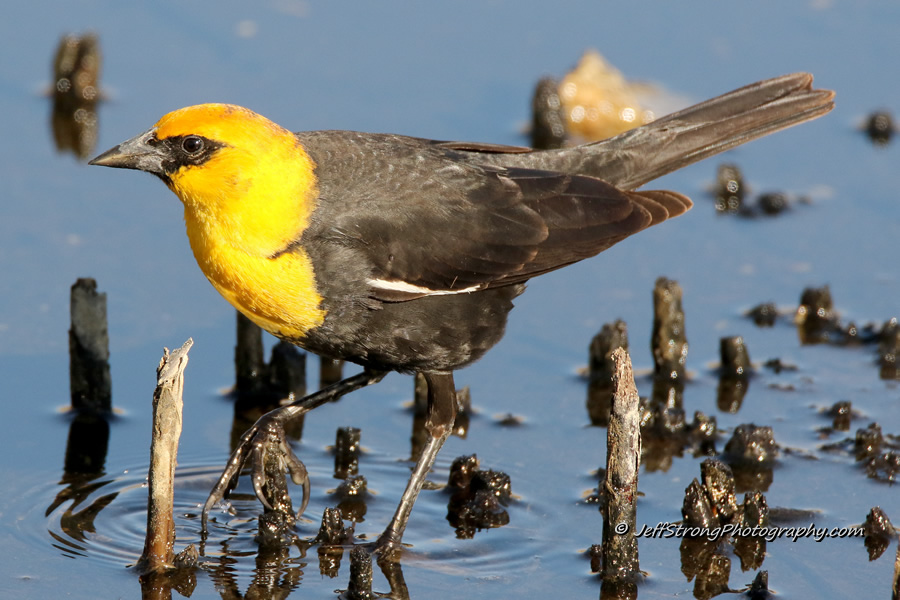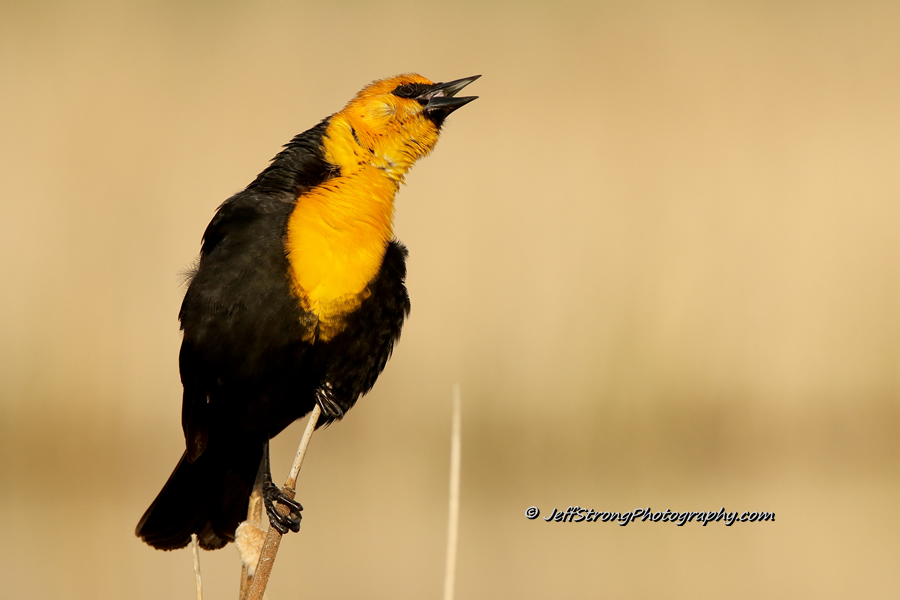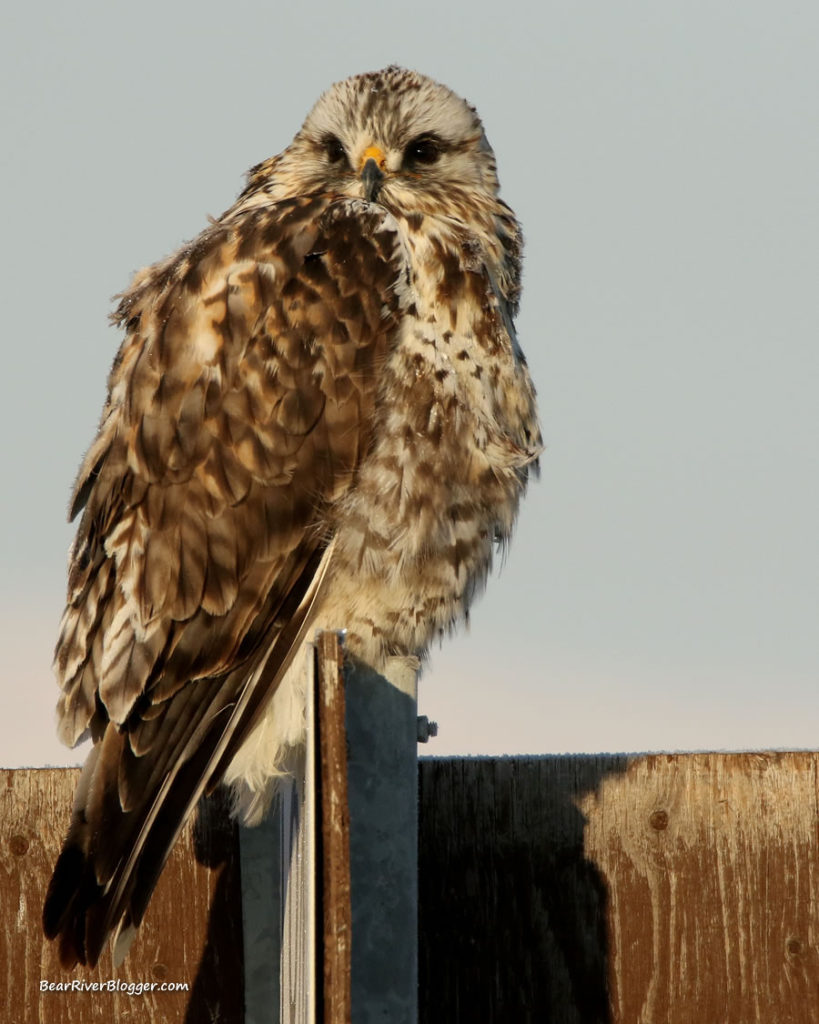A few years ago, during one of my photography excursions to the Bear River Migratory Bird Refuge, I was approached by an elderly couple looking for some bird identification help.
The husband, conspicuously wearing a compact pair of binoculars around his neck, casually mentioned they were novice birders, and the two had embarked on a coast-to-coast bird watching trip.
It goes without saying here with this attempt to make a full confession, of sorts, I was both quite impressed and a bit jealous to hear about their grand cross-country birding adventure.
It was early May, a time when the refuge had once again come alive for the season with all kinds of unique sights and sounds of nature.
During spring migration, the massive 77,000-acre nature preserve transforms into an outdoor lover’s paradise literally overnight, offering both the bird watcher and nature photographer a seemingly never-ending supply of migrating and resident birds to watch and enjoy for the summer.
The couple, who had just finished driving the refuge’s 12-mile auto tour route, briefly pulled into the parking lot to ask me what kind of bird has a bright yellow head and was in such great abundance on the loop that day.
Without hesitation, I happily responded to their inquiry. The male yellow-headed blackbird, a magnificent and brightly adorned bird, is the only bird found in North America with a yellow head and chest, black body, and white wing patches.
The couple both smiled, thanked me, and, after a short conversation about birds, they headed off to resume their journey.
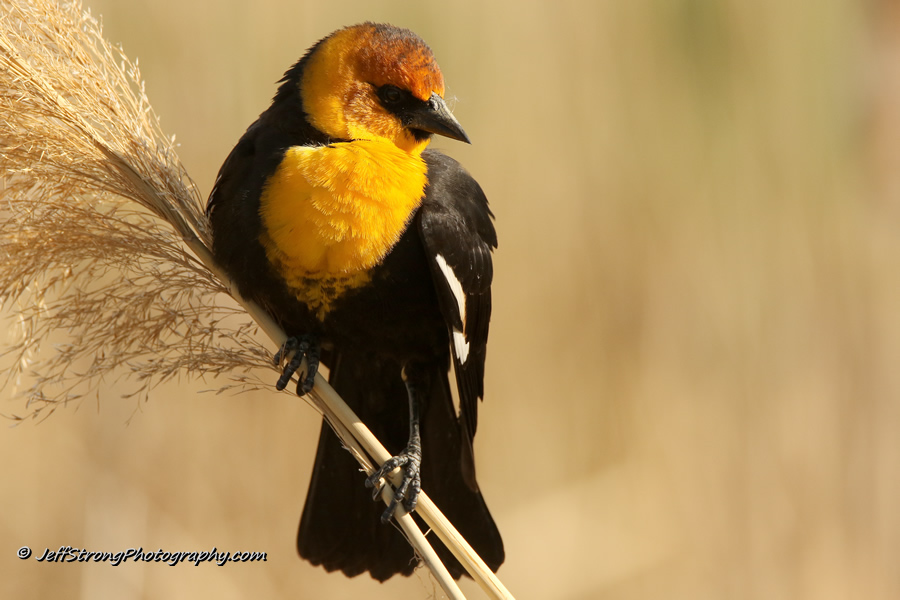
The yellow-headed blackbird isn’t rare but a common bird in many parts of North American during the breeding season, including much of Canada, the western, midwestern, and southwestern portions of the United States. The yellow-headed blackbird isn’t commonly found along the eastern part of the United States, however.
Here in northern Utah, the yellow-headed blackbird is very common in marshes and wetland habitats like the Bear River Migratory Bird Refuge.
The male yellow-headed blackbird has harsh, somewhat raspy sound with their mating call. It’s song like no other bird in nature with such a peculiar call.
I hope with this particular blog post, I can instill in you my great fondness for these odd-sounding but beautifully colored birds. There are most definitely far more melodic birds in nature, but the raspy song of the yellow-headed blackbird is a never-fail wake-up call for my summer photography endeavors on the refuge.
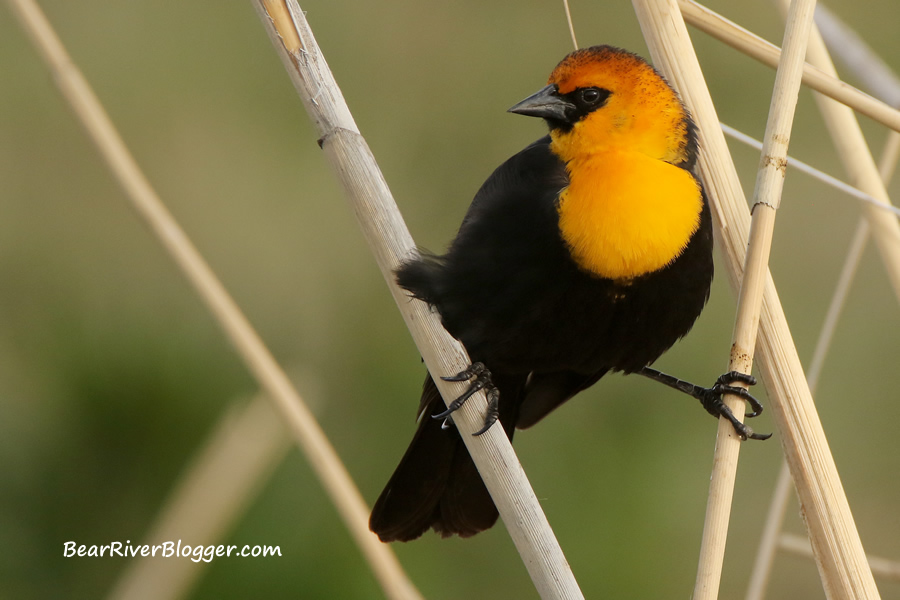
Where are yellow-headed blackbirds found?
Yellow-headed blackbirds live in the western, mid-western, and central parts of North America, including a good portion of Canada, the United States, and Mexico, depending on the time of year.
Generally speaking, for us birders in the United States, this particular blackbird can be found at specific times relating to either breeding or migration activities throughout spring, summer, or fall in most parts of the U.S. west of the Mississippi River.
The yellow-headed blackbird does migrate each spring and fall, with some of them flying as far north as Canada to breed during the summer and migrating as far south as Mexico for the winter months.
Yellow-headed blackbirds are typically a marsh bird during the summer breeding months, living in wetlands, mountain meadows and alongside shallow ponds and rivers where they can find suitable marsh-like habitat to nest in. During fall, they group up in large flocks and migrate to farming and ranching areas of Arizona, New Mexico, Texas, and much of Mexico to forage in fields, farms, and ranches.
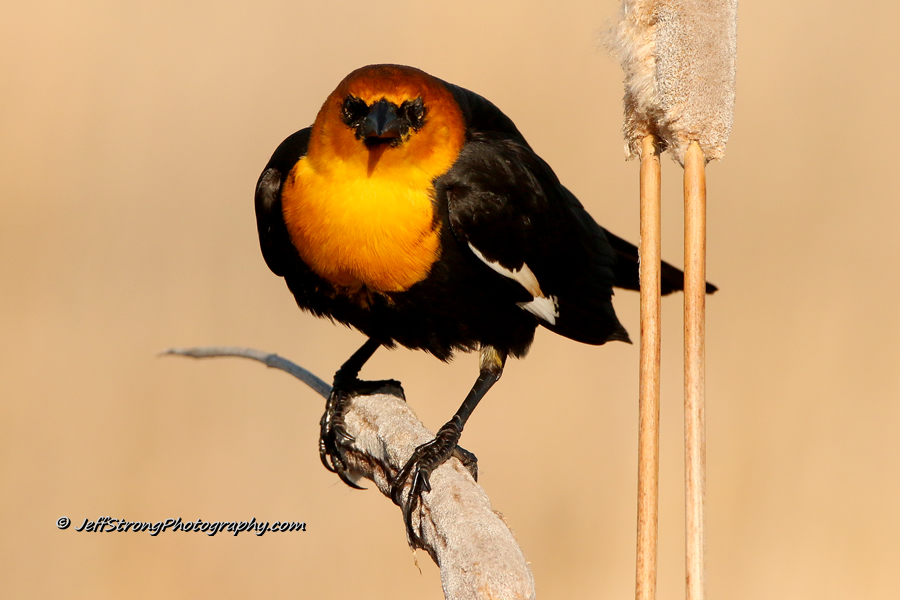
Interestingly enough, it has been mentioned on the Cornell University website All About Birds, the more northern population of wintering yellow-headed blackbirds typically are mostly comprised of males while the more southern population during the winter months is mostly made up of females.
This makes perfect sense, however, as it is the male yellow-headed blackbirds that arrive on the refuge first since they have a shorter distance to travel and also have a need to find and protect a small but important chunk of breeding territory in an effort to attract a mate.
Where does a yellow-headed blackbird nest?
Both yellow-headed and red-winged blackbirds are marsh birds during the summer months. Both species of blackbirds nest in similar vegetation, and oftentimes the larger yellow-headed blackbirds will push out their smaller, more melodic cousins from a piece of nesting habitat.
Yellow-headed blackbirds build their nests over the water, and the female will pick a spot within the male’s territory and, by herself, proceed to build the nest on dead or living cattails, bulrush, or reeds.
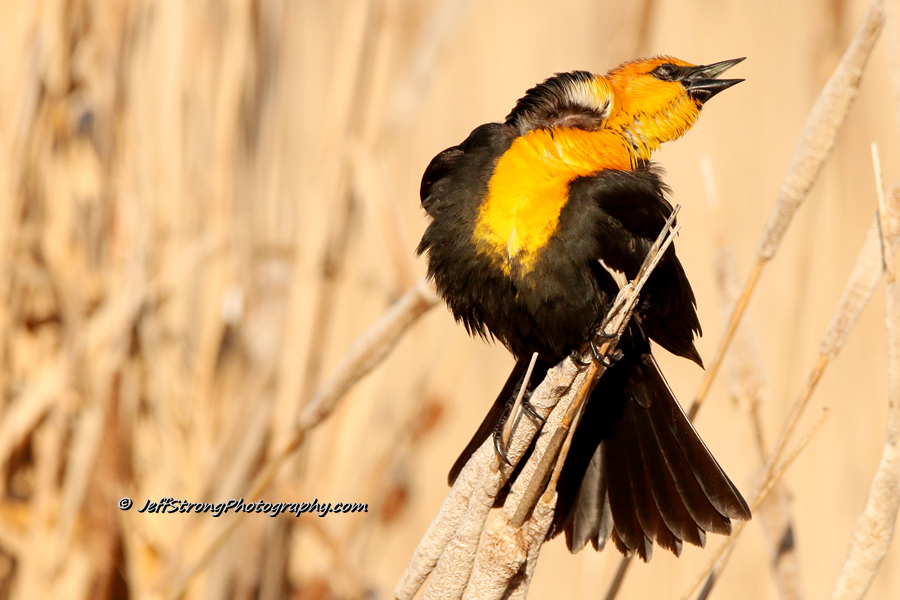
What does a yellow-headed blackbird eat?
Being a summer wetland bird, the yellow-headed blackbird eats mainly insects during the breeding season, and they can be found feeding on the ground and in shallow waterways in search of mosquitoes, beetles, grasshoppers, dragonflies, flies, ants, and spiders, foraging on almost any kind of insect they can find at the time.
In addition to their usual ground-based style of feeding, yellow-headed blackbirds will sometimes perch in and search for insects in nearby vegetation, as well, at certain times when needed.
I have seen this to be fairly common on the Bear River Migratory Bird Refuge during summer when the heat of the day puts the mosquito’s and other insects down during the hottest parts of the afternoon to roost in the tall roadside vegetation.
During winter and at times when insects aren’t readily available, the yellow-headed blackbird will eat weed seeds and waste grains located in farm fields, pastures, and roadside vegetation.
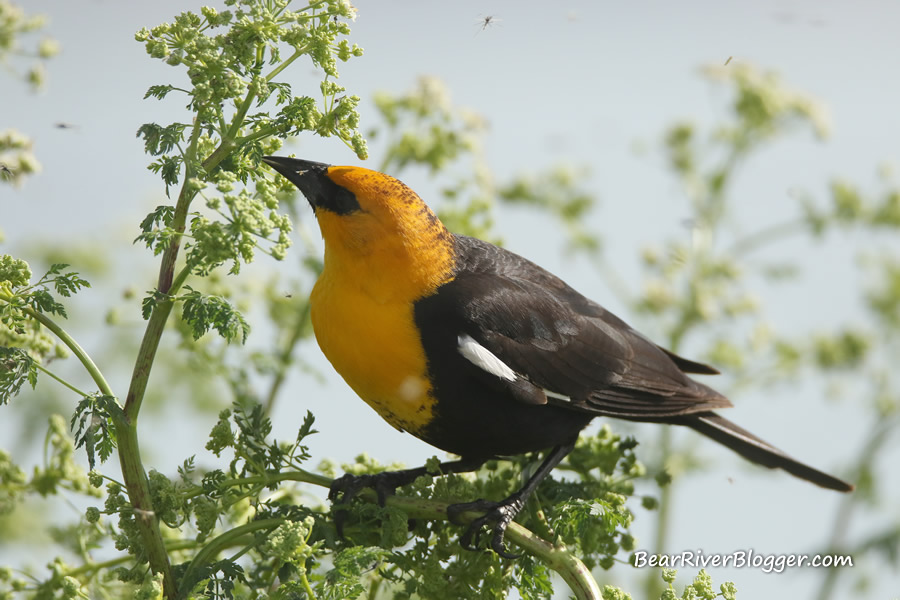
What does a yellow-headed blackbird sound like?
Male yellow-headed blackbirds sing to both attract mates and to identify and defend their small territory. Their song is rather raspy and quite harsh. It usually starts off with a couple melodic notes, however, but most of its call is rather harsh, to say the least. They sing while sitting on cattails, reeds, and bulrush during the breeding season and that is one of the best times I have found to photograph these unique and odd-sounding birds.
The yellow-headed blackbird is one of the easiest birds to identify by sound once you have heard one before. These birds are quite unmistakable by their call, even by the novice birder once they have heard the low raspy voice unique to the yellow-headed blackbird.
Where can I find the yellow-headed blackbird in Utah?
The yellow-headed blackbird is a common sight in northern Utah’s marshes, and the two best places I have personally found to watch and photograph them is either the Farmington Bay WMA, in Farmington, Utah, or, understandably, on the Bear River Bird Refuge, just west of Brigham City.
Farmington Bay, a state-owned wildlife management area, has a short road where you can easily watch a few blackbirds nearby. It also has a much more suitable walking trail where you can take a nice hike and walk right through a marsh where blackbirds and other birds reside for the summer months.
Both places are free and open to the public but watch and heed the signage closely during a visit to this particular spot.
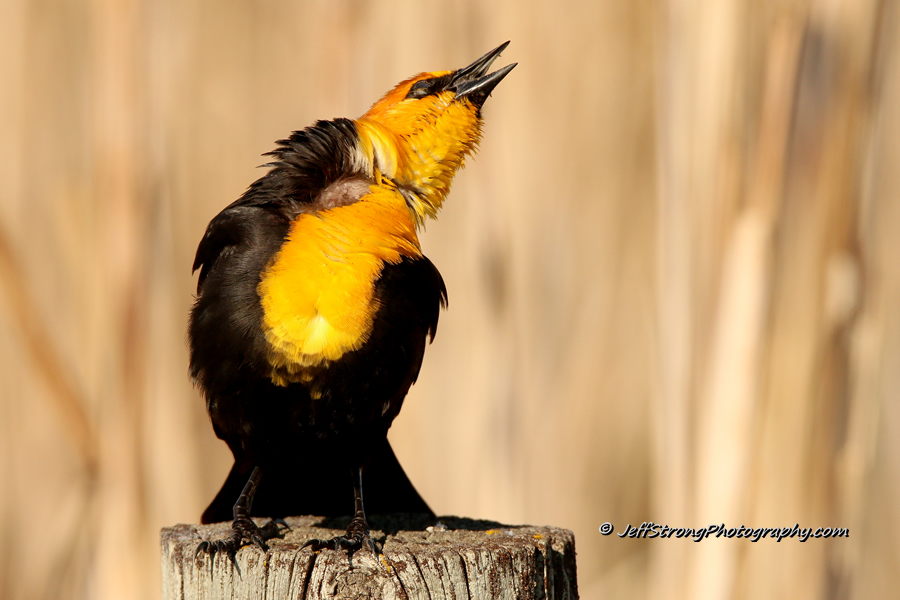
The Bear River Migratory Bird Refuge is by far my most favorite and enjoyable location to observe and photograph blackbirds of both varieties. The 12-mile self-guided auto tour loop offers a great view of nesting blackbirds, and most of my photography actually comes from this spot.
Much of the auto tour route hosts cattails and other vegetation preferred by blackbirds, and they are very easily found and photographed on the refuge during the summer months.
If you visit the Bear River Migratory Bird Refuge in search of the yellow-headed blackbird, you can usually find them starting to arrive in early April, and they can commonly be found on the refuge all summer long.
The best place to find the yellow-headed blackbird on the Bear River Bird Refuge is, without question, the auto tour loop, but quite often you can find them on a small portion of Forest street as well, about a quarter-mile before the automatic gate leading to the auto tour route.
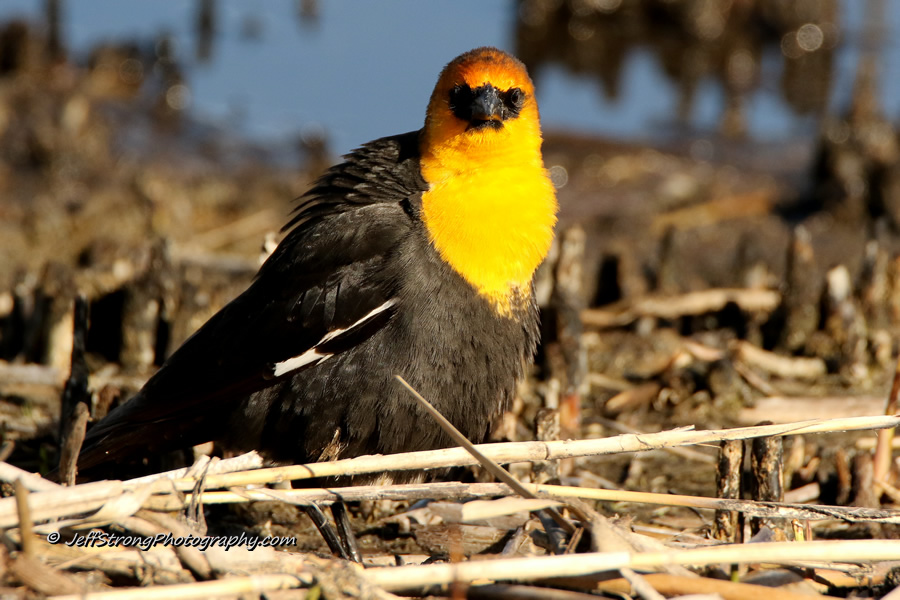
As far as bird watching goes, the yellow-headed blackbird is a stunning specimen to both watch and photograph. Its brightly colored head and chest are most striking during spring and early summer before the molt begins, and their singing atop cattails and other marsh vegetation makes for some great images as well.
They are a pure delight to have on the Bear River Migratory Bird Refuge each breeding season, and the refuge most definitely wouldn’t be the same without the harsh caterwauling and colorful antics of the yellow-headed blackbird filling the airways during the warm summer mornings.
Don’t forget to sign up and follow our website with email notifications for future blog posts. It can easily be done on our subscribe page.
The Bear River Migratory Bird Refuge is a special place I hold dear. Admittedly, I frequent it often, sometimes as much as 5-6 days per week when either the bird or butterfly activity is high or I just want to get away from the hustle and bustle of our modern society and just enjoy nature as it was meant to be, wild and free.
Lastly, take a look at our online store Bird Shirts and More featuring shirts, sweats, hoodies, and a variety of gifts for the bird watcher, some of which are specifically designed regarding the refuge.
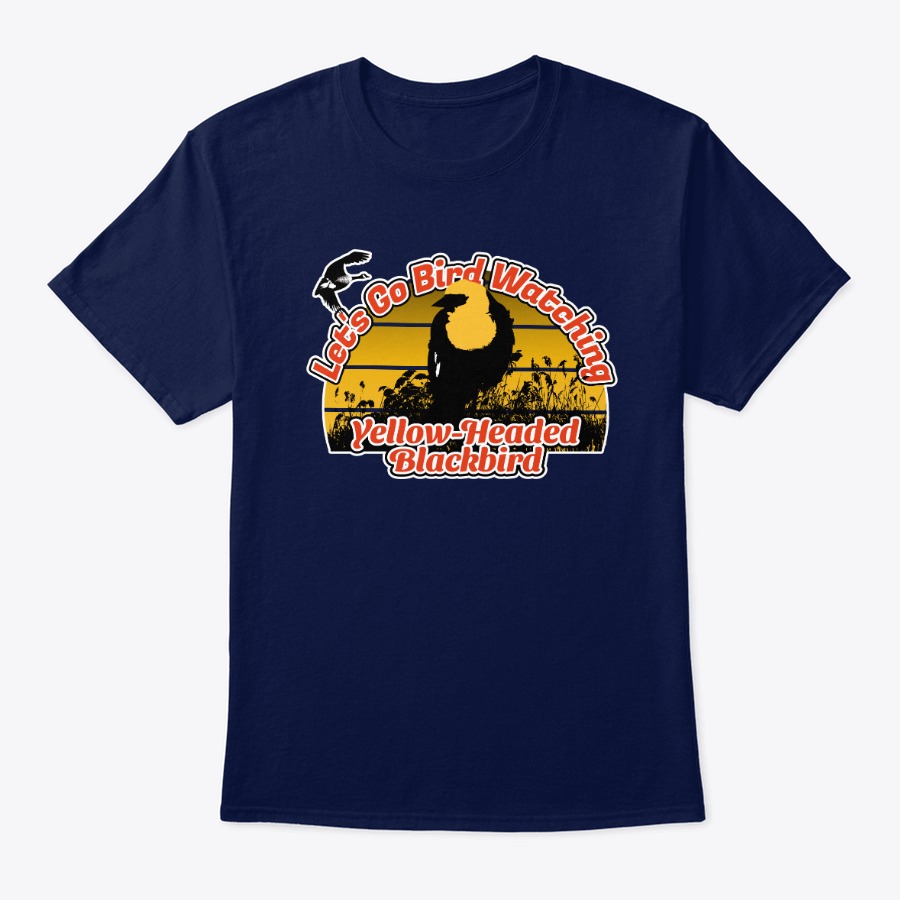
All of the graphics and all of the images are mine and are taken from my photography and bird watching excursions. If you find anything to your liking, feel free to use coupon code save20 for 20% off all items in our storefront as a thank you for your continued readership and support of my website.
